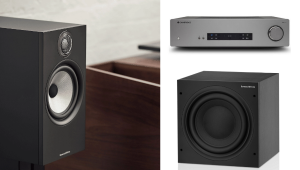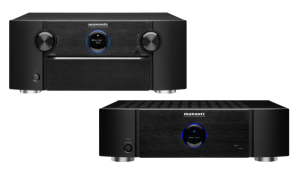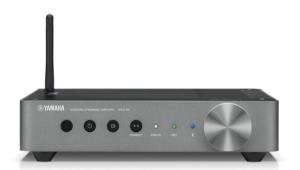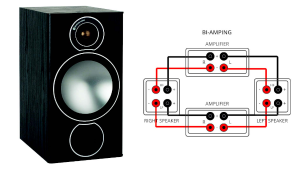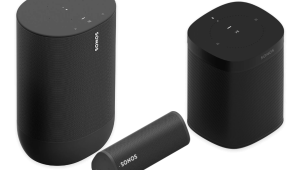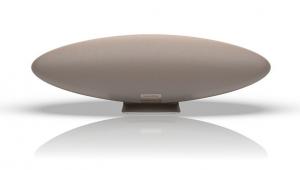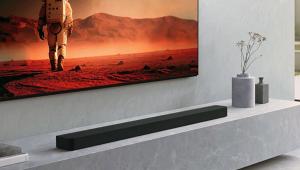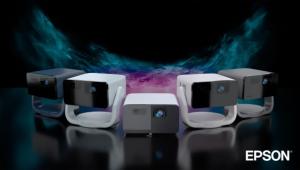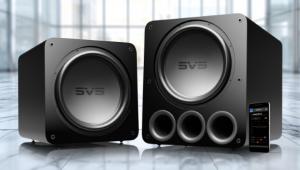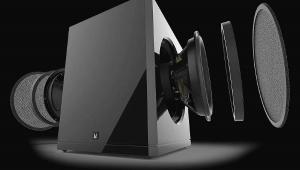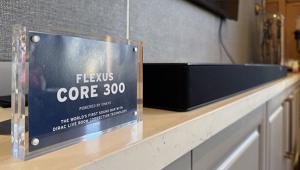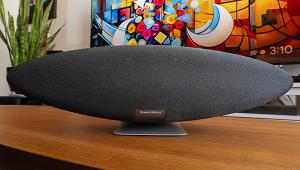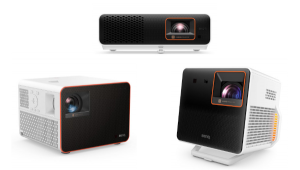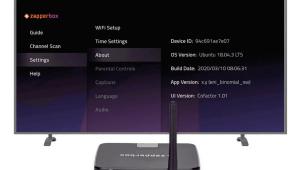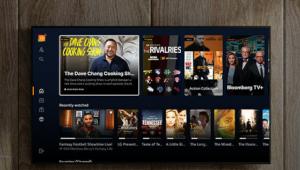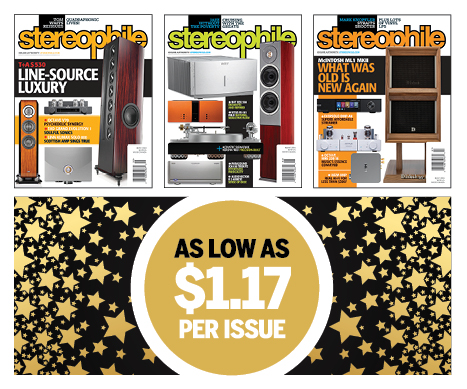You said "If your receiver isn’t Atmos compatible, the extension data is ignored and the soundtrack is decoded as regular Dolby TrueHD." I have a Denon X3400H receiver, which decodes Atmos signals. The AVR displays 'TrueHD' but does not display 'Atmos', as it does when a 'Surround + Atmos' signal is present. Can the receiver "see" Atmos over a TrueHD signal?
How Do Dolby TrueHD and Dolby Atmos Differ?

Q I recently bought an Xbox One X console and have it connected to my Yamaha RX-A2050 AV receiver. When I watch Atmos demo videos using the Dolby Access app on the Xbox, my AVR’s front-panel LED display reads “Dolby Atmos.” I get the same result when I watch Netflix shows with an Atmos soundtrack. When viewing Ultra HD Blu-rays with Dolby Atmos soundtracks, however, the receiver’s front panel will read “Dolby TrueHD.” Are Atmos and TrueHD the same thing? —Hans Furey / via e-mail
A No, they’re not. Dolby TrueHD is a lossless audio codec that supports up to eight audio channels on Blu-ray Disc. Dolby Atmos soundtracks, in contrast, consist of audio objects — up to 128 of them — that are mixed in a 3D soundfield during the production process. When the soundtrack is played back in a movie theater or home environment, the audio objects are rendered by an Atmos decoder to the available speaker set, which includes overhead ceiling speakers.
While Dolby Atmos and Dolby TrueHD are two separate soundtrack formats, Atmos data on Ultra HD Blu-ray is actually an extension to TrueHD that is folded into the bitstream to maintain backwards compatibility. Here’s how that works: If you play a disc with an Atmos soundtrack, the Atmos extension data is decoded by an Atmos-compatible receiver. If your receiver isn’t Atmos compatible, the extension data is ignored and the soundtrack is decoded as regular Dolby TrueHD.
Now that we’ve covered the differences between Atmos and TrueHD, let’s discuss your Xbox One X. There are documented issues on the Xbox support site of Microsoft’s Blu-ray player app defaulting to TrueHD output when playing discs with Atmos soundtracks. Microsoft regularly updates their app (a patch was recently done to correct too-high black levels when playing discs with high dynamic range video), so your first step should be to make sure you’re running the latest version. While you’re at it, also make sure to update the firmware on your receiver: Atmos playback problems with the Xbox One X are reportedly associated with specific receivers and soundbar models, so Yamaha may have a related fix in the works.
- Log in or register to post comments


Dolby TrueHD and Dolby Atmos serve different purposes in the world of high-quality audio. Dolby TrueHD is a lossless audio codec that delivers high-fidelity sound, often used in Blu-ray discs to provide studio-quality audio without compression. On the other hand, Dolby Atmos is an advanced audio technology that creates a three-dimensional sound experience by adding height channels, making audio feel more immersive. While TrueHD focuses on pure audio quality, Atmos enhances spatial sound positioning for a cinematic effect. For those interested in cutting-edge technology, exploring resources like Script ML (https://scriptml.net/) can provide deeper insights into innovative advancements.

Dolby TrueHD and Dolby Atmos serve different purposes in delivering high-quality audio experiences. Dolby TrueHD is a lossless audio format that ensures studio-quality sound for home theaters, offering rich and detailed audio. On the other hand, Dolby Atmos adds a 3D spatial dimension to sound by creating an immersive experience with overhead and surround effects, making it ideal for movies and gaming. While TrueHD focuses on high-fidelity sound reproduction, Atmos enhances depth and movement in audio. For more insights on technology and digital tools, visit https://gbappsplus.net/.

Dolby TrueHD and Dolby Atmos serve different purposes in delivering high-quality audio experiences. Dolby TrueHD is a lossless audio format that ensures studio-quality sound for home theaters, offering rich and detailed audio. On the other hand, Dolby Atmos adds a 3D spatial dimension to sound by creating an immersive experience with overhead and surround effects, making it ideal for movies and gaming. While TrueHD focuses on high-fidelity sound reproduction, Atmos enhances depth and movement in audio. For more insights on technology and digital tools, visit https://gbappsplus.net/.

My phone and laptop both have Dolby Atmos, and one thing I've noticed is that it substantially enhances the audio playing based on the content. In my AsusRog Strix G15, there is this Dynamic option under the Dolby Access application that recognizes input of the audio, i.e, game, movie, music, after that it enhances it and deliver via the output headphone or speaker and it always sounds crisper, detailing, immersive, and clear sound. On the other hand, Dolby TrueHD has a strong base and delivers a kind of pure and consistent sound quality. I also deploy fork apps to further expand the immersiveness of reel, documentary, and video guide consumption using this app https://instaproapp.in/


